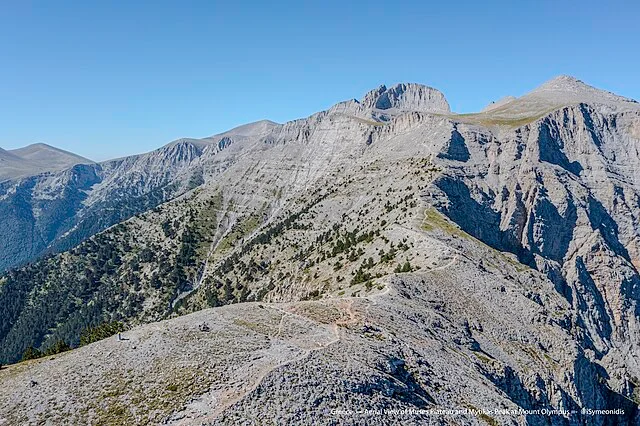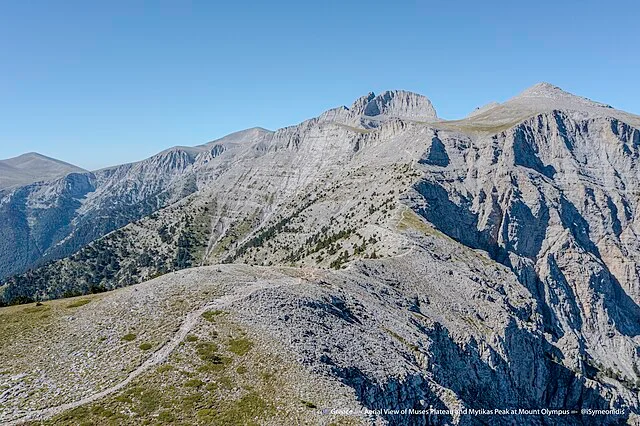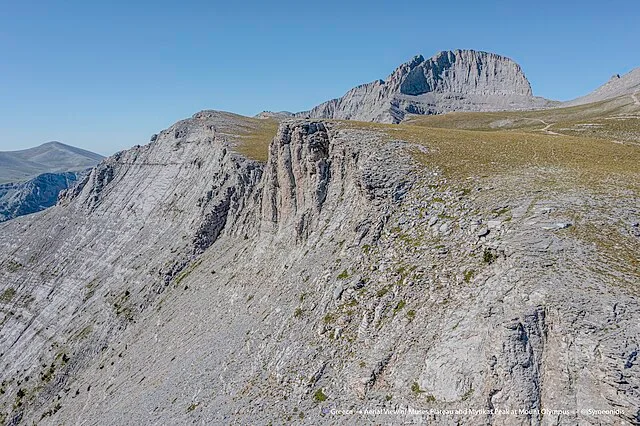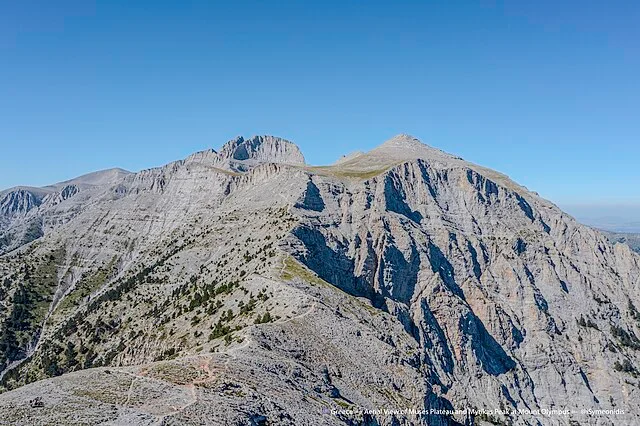Olympus, known as Mount Olympus in modern geography, holds significant historical, cultural, and mythological importance. It is the highest mountain in Greece, reaching 9,573 feet (2,917 meters) above sea level. The ancient Greeks believed it was the home of their twelve principal gods, known as the Olympians. This belief made it a central feature of Greek mythology and religion.
Get your dose of History via Email
Geography and Natural Features

Mount Olympus is located near the Gulf of Thermaikos in northern Greece, in the regions of Thessaly and Macedonia. Its peak, Mytikas, is the tallest point in Greece. The mountain’s rugged terrain includes deep gorges, steep cliffs, and dense forests. The area’s biodiversity is exceptional, with over 1,700 documented plant species. Today, it is protected as part of the Olympus National Park, established in 1938, making it Greece’s first national park.
Mythological Significance

In Greek mythology, Mount Olympus served as the divine residence of the Olympian gods, led by Zeus. The mountain was believed to have impenetrable gates of clouds, separating it from the mortal world. According to the myths, the gods held council meetings and feasted on ambrosia in their palaces atop Olympus. Homer’s Iliad frequently references the mountain, emphasizing its prominence in Greek storytelling.
Historical Context

Ancient Greeks viewed Mount Olympus as a sacred site, although no temples or sanctuaries were built on its peaks. Instead, nearby cities like Dion became religious centers associated with worship. Dion was particularly important, hosting festivals and sacrifices to honor Zeus and the Olympian gods. This practice linked the mountain with religious and political unity among Greek city-states.
Archaeological Studies

Archaeological excavations near Olympus, particularly in Dion, have uncovered temples, theaters, and altars. These findings provide evidence of the area’s religious significance during ancient times. Inscriptions and artifacts also reveal connections between the worship of Zeus and the mountain’s cultural identity. While no evidence suggests direct human activity on the mountain’s summits in antiquity, its lower regions saw frequent use.
Olympus in Modern Culture

Mount Olympus continues to symbolize grandeur and divinity in modern culture. It appears in art, literature, and popular media as a symbol of power and mystery. The mountain also attracts hikers and researchers interested in exploring its natural beauty and historical connections.
Conclusion
Mount Olympus holds a unique place in history, blending natural beauty with profound mythological and cultural importance. Its role as the home of the Olympian gods and its influence on ancient Greek religion and culture make it an enduring symbol. Modern efforts to preserve and study the mountain ensure that its legacy remains relevant for future generations.
Source:

